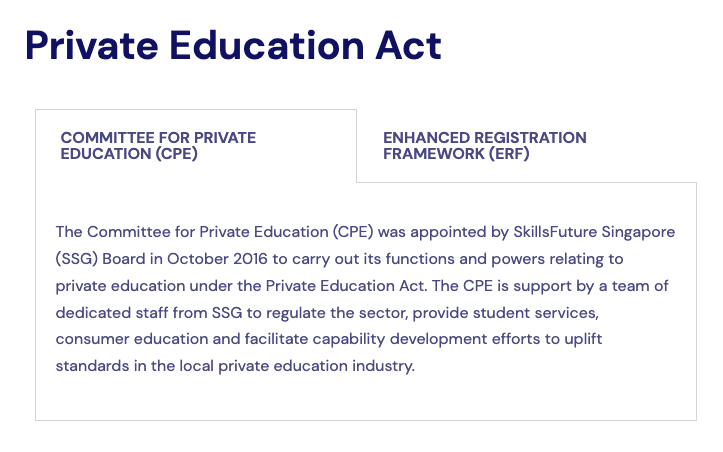"Understanding Student Loan ABS: A Comprehensive Guide to Asset-Backed Securities in Education Financing"
#### What are Student Loan ABS?Student loan asset-backed securities (ABS) are financial instruments that are created by pooling together various student loa……
#### What are Student Loan ABS?
Student loan asset-backed securities (ABS) are financial instruments that are created by pooling together various student loans and then selling them as securities to investors. These securities are backed by the cash flows generated from the underlying student loans, which means that investors receive payments derived from the borrowers' repayments. This financial mechanism allows educational institutions and lenders to access capital while providing investors with a relatively stable investment opportunity.
#### The Structure of Student Loan ABS
The structure of student loan ABS involves several key components. Typically, a financial institution or a special purpose vehicle (SPV) will originate the student loans, which are then pooled together to create a diversified portfolio. This portfolio is subsequently securitized, meaning it is transformed into tradable securities. Investors purchase these securities, and in return, they receive periodic interest payments as well as principal repayments as the underlying loans are paid off.

The process of securitization involves several steps, including credit enhancement, which helps to improve the credit quality of the ABS. This can be achieved through various means, such as over-collateralization, reserve accounts, or third-party guarantees. The goal is to attract investors by mitigating the risks associated with the underlying loans.
#### Benefits of Student Loan ABS
There are several benefits associated with student loan ABS for both issuers and investors. For issuers, securitization provides access to a broader pool of capital, which can be used to fund new loans or refinance existing debt. This can be particularly advantageous for educational institutions that rely on student loans to finance their operations.
For investors, student loan ABS can offer a relatively stable and predictable income stream. The cash flows from the underlying student loans are generally consistent, as borrowers are often required to make regular monthly payments. Additionally, student loans typically have a lower default rate compared to other types of consumer debt, making them an attractive investment option.

#### Risks Involved in Student Loan ABS
While student loan ABS can be a beneficial investment, they are not without risks. One of the primary risks is credit risk, which refers to the possibility that borrowers may default on their loans. Although student loans generally have lower default rates, economic downturns or changes in borrower circumstances can lead to increased defaults.
Another risk is interest rate risk. If interest rates rise, the fixed payments from the student loans may become less attractive to investors, potentially leading to a decline in the value of the ABS. Additionally, regulatory changes in the student loan industry can impact the performance of student loan ABS, as new policies may alter repayment terms or borrower eligibility.
#### Conclusion

In summary, student loan ABS represent a significant financial innovation in the education financing sector. They provide a means for educational institutions to access capital while offering investors an opportunity to earn returns from a relatively stable asset class. However, it is essential for both issuers and investors to understand the associated risks and benefits. As the landscape of education financing continues to evolve, student loan ABS will likely play a critical role in shaping the future of how students finance their education.